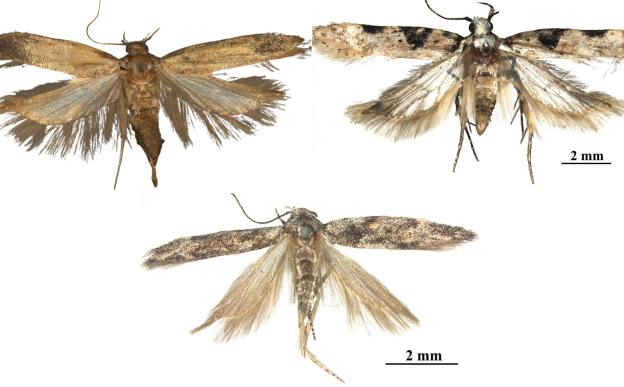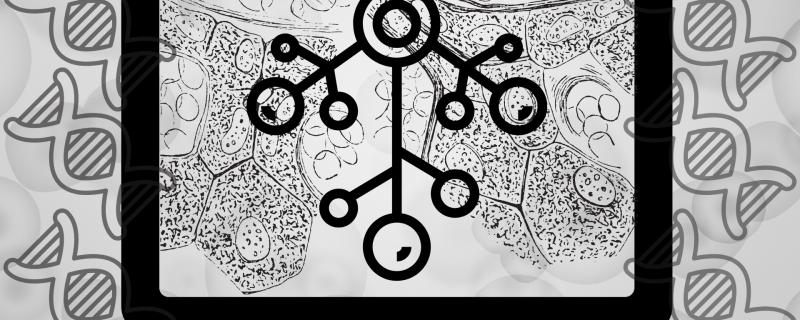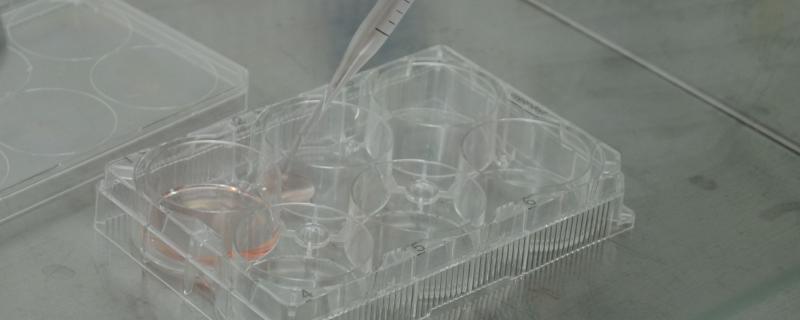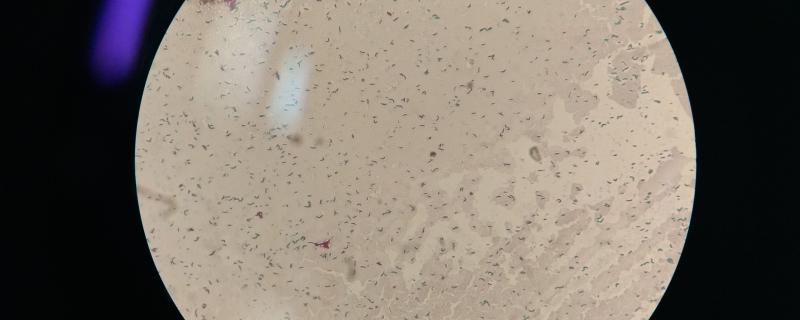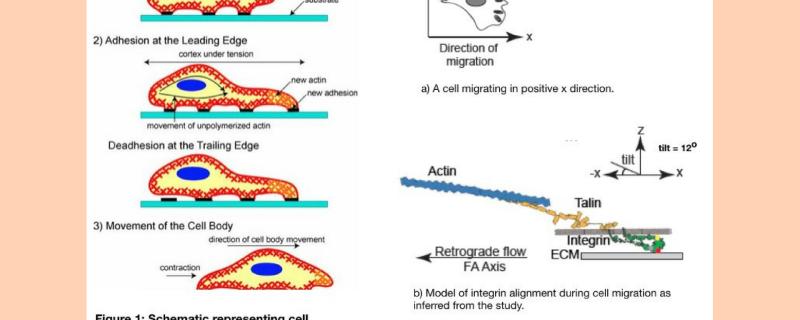Researchers have shown how subtle nanoscale changes to the spacing between cancer cells can enhance ultrasound treatments' effectiveness in killing those cells.
Gelechia bilobuncusa (top, left: ), Gelechia adi (top, right), and Istrianis ladakhensis (bottom). Image credit: Authors, https://doi.org/10.11646/zootaxa.5728.1.6
New Delhi/
